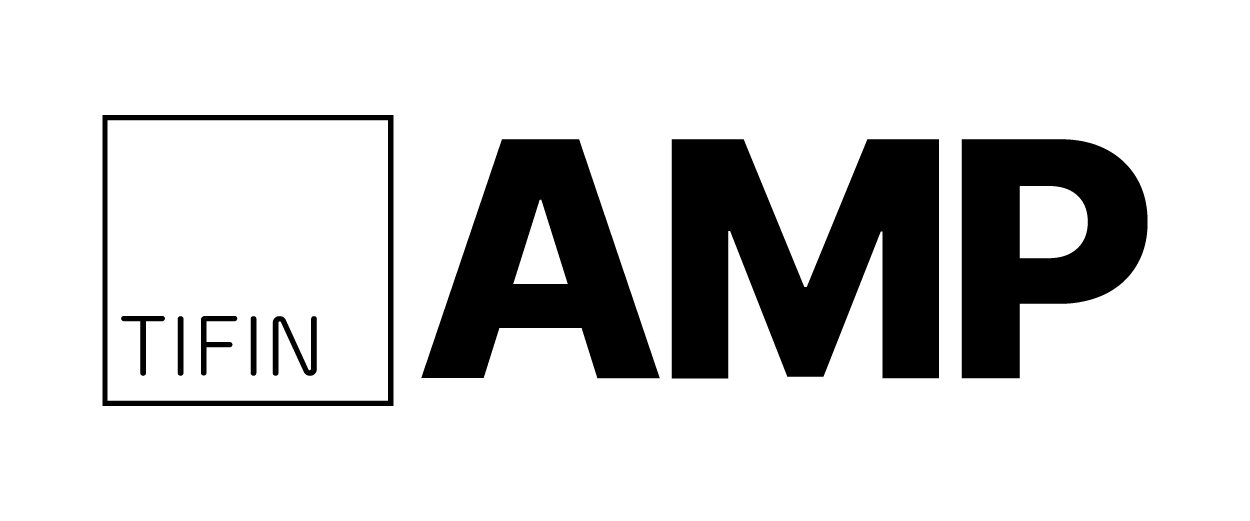Commodities are the ingredients to everyday life and continue to be in the headlines, driven by ongoing geo-political conflict and inflationary pressure. What’s more, commodities are at the heart of many asset allocation discussions due to their low correlation to other asset classes.
Please join Bob Minter from abrdn and Jim Wiederhold from Bloomberg for a CE webinar, as they discuss the importance of index methodology when it comes to commodity investing. They will also discuss current market events, their impact on the commodity asset class, and where broad commodities may fit within a diversified portfolio.
Key learning themes:
● The importance of index methodology when it comes to commodity investing.
● How current events are impacting the broad commodity asset class.
● Where broad commodities may fit within a diversified investment portfolio.
CFP, CIMA®, CPWA®, CIMC®, RMA®, and AEP® CE Credits have been applied for and are pending approval.
Sponsored by


Robert Minter, CFA, CMT, CAIA
Director of ETF Investment Strategy
abrdn

Jim Wiederhold
Product Manager, Commodity Indices
Bloomberg

Dan Magnusson - Moderator
Sr. Director of Exchange Traded Funds
abrdn
An investor should consider the investment objectives, risks, charges and expenses of the Funds carefully before investing. To obtain a prospectus containing this and other important information, call 844-ETFs-BUY (844-383-7289) or visit www.abrdn.com/usa/etf. Read the prospectus carefully before investing.
Fund Risk: There are risks associated with investing including possible loss of principal. Commodities generally are volatile and are not suitable for all investors. There can be no assurance that the Fund’s investment objective will be met at any time. The commodities markets and the prices of various commodities may fluctuate widely based on a variety of factors. Because performance is linked to the performance of highly volatile commodities, investors should consider purchasing shares of the Fund only as part of an overall diversified portfolio and should be willing to assume the risks of potentially significant fluctuations in the value of the Fund.
The Fund employs a “passive management” – or indexing – investment approach designed to track the performance of the Index. The Fund will generally seek to hold similar interests to those included in the Index and will seek exposure to many of the commodities included in the Index under the same futures rolling schedule as the Index. The Fund will also hold short-term fixed-income securities, which may be used as collateral for the Fund’s commodities futures holdings or to generate interest income and capital appreciation on the cash balances arising from its use of futures contracts (thereby providing a “total return” investment in the underlying commodities).
Through holding of futures, options and options on futures contracts, the Fund may be exposed to (i) losses from margin deposits in the case of bankruptcy of the relevant broker, and (ii) a risk that the relevant position cannot be closed out when required at its fundamental value. In pursuing its investment strategy, particularly when rolling futures contracts, the Fund may engage in frequent trading of its portfolio of securities, resulting in a high portfolio turnover rate.
As a “non-diversified” fund, the Fund may hold a smaller number of portfolio securities than many other funds. To the extent the Fund invests in a relatively small number of issuers, a decline in the market value of a particular security held by the Fund may affect its value more than if it invested in a larger number of issuers. The value of shares may be more volatile than the values of shares of more diversified funds.
During situations where the cost of any futures contracts for delivery on dates further in the future is higher than those for delivery closer in time, the value of the Fund holding such contracts will decrease over time unless the spot price of that contract increases by the same rate as the rate of the variation in the price of the futures contract. The rate of variation could be quite significant and last for an indeterminate period of time, reducing the value of the Fund.
Changes in the laws of the United States and/or the Cayman Islands, under which the Fund and the Subsidiary are organized, respectively, could result in the inability of the Subsidiary to operate as intended and could negatively affect the Fund and its shareholders.
To the extent the Fund is exposed directly or indirectly to leverage (through investments in commodities futures contracts) the value of that Fund may be more volatile than if no leverage were present.
In order to qualify for the favorable U.S. federal income tax treatment accorded to a regulated investment company (“RIC”), the Fund must derive at least 90% of its gross income in each taxable year from certain categories of income (“qualifying income”) and must satisfy certain asset diversification requirements. Certain of the Fund’s investments will not generate income that is qualifying income. The Fund intends to hold such commodity-related investments indirectly, through the Subsidiary. The Fund believes that income from the Subsidiary will be qualifying income because it expects that the Subsidiary will make annual distributions of its earnings and profits. However, there can be no certainty in this regard, as the Fund has not sought or received an opinion of counsel confirming that the Subsidiary’s operations and resulting distributions would produce qualifying income for the Fund. If the Fund were to fail to meet the qualifying income test or asset diversification requirements and fail to qualify as a RIC, it would be taxed in the same manner as an ordinary corporation, and distributions to its shareholders would not be deductible by the Fund in computing its taxable income.
Investors buy and sell shares on a secondary market (i.e., not directly from Trusts). Only market makers or “authorized participants” may trade directly with the Trusts, typically in blocks of 25k to 100k shares.
Bloomberg®, Bloomberg Commodity Index Total ReturnSM, Bloomberg Commodity Index 3 Month Forward Total ReturnSM and Bloomberg Industrial Metals Subindex Total ReturnSM are service marks of Bloomberg Finance L.P. and its affiliates, including Bloomberg Index Services Limited (“BISL”), the administrator of the indices (collectively, “Bloomberg”) and have been licensed for use for certain purposes by abrdn ETFs Advisors LLC. Bloomberg is not affiliated with abrdn ETFs Advisors LLC, and Bloomberg does not approve, endorse, review, or recommend abrdn Bloomberg All Commodity Strategy K-1 Free ETF, abrdn Bloomberg All Commodity Longer Dated Strategy K-1 Free ETF and abrdn Bloomberg Industrial Metals K-1 Free ETF. Bloomberg does not guarantee the timeliness, accurateness, or completeness of any data or information relating to Bloomberg Commodity Index Total ReturnSM, Bloomberg Commodity Index 3 Month Forward Total ReturnSM and Bloomberg Industrial Metals Subindex Total ReturnSM.
ALPS Distributors, Inc. is the distributor for the abrdn ETFs. ALPS is not affiliated with abrdn.
AA-160224-174308-1
EFS000512 6/30/24

